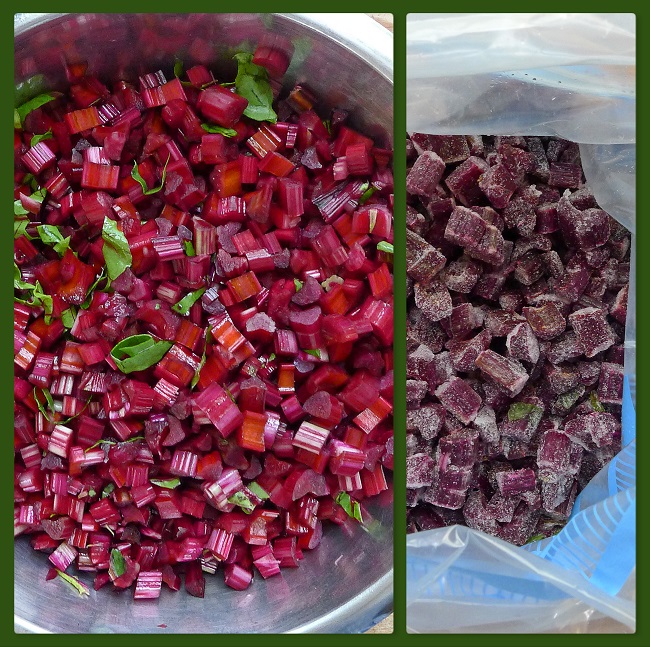Cabbage is associated with winter in Greece. “You can’t have tender, sweet cabbage before the winter cold,” a farmer in Kea told me one October morning. The trick to turn almost any cabbage into a good salad is to “knead” the finely shredded leaves with salt and lemon juice. Here, instead of lemon a combination of orange and white ‘balsamic’ vinegar is used. The cabbage and carrots wilt and shrink, becoming juicy and delicious. A dressing based on this ‘marinade’ is wonderful with all kinds of salads (see variation).



I first tasted the cabbage and carrot salad at Ourania’s Tavern, on Samos island, and was fascinated. Ourania, the owner and cook, told us that the longer you leave the salad in the fridge, the better it gets; she was right, of course.
Adding fruity olive oil and maybe 1-2 teaspoons Dijon mustard her ‘marinade’ becomes my go-to vinaigrette for all kinds of seasonal, mixed salads.
4 to 6 servings








